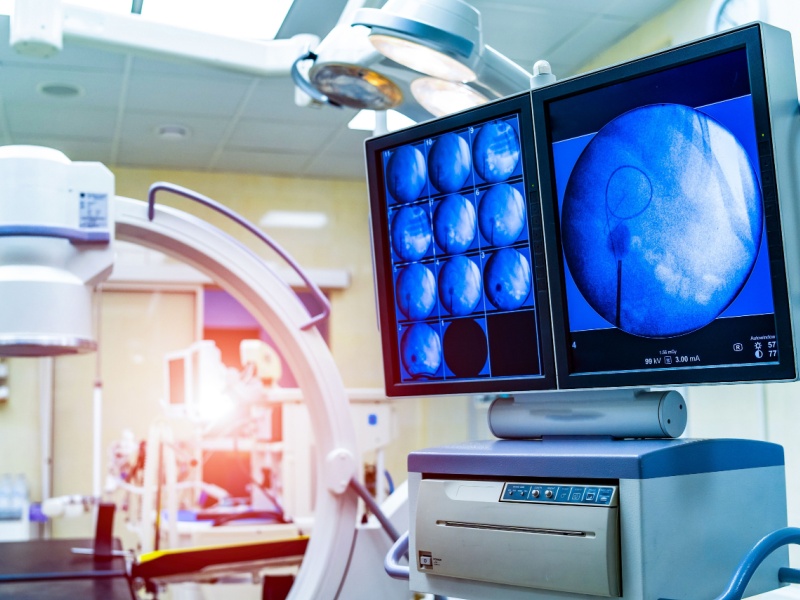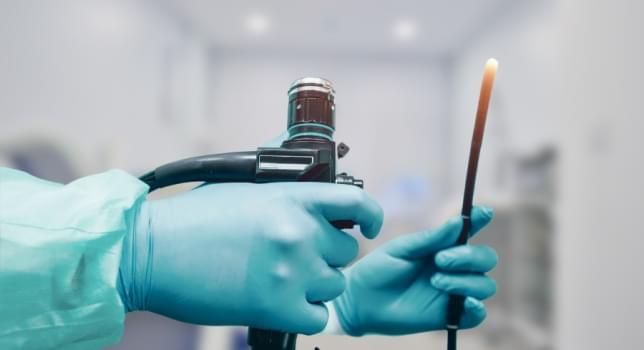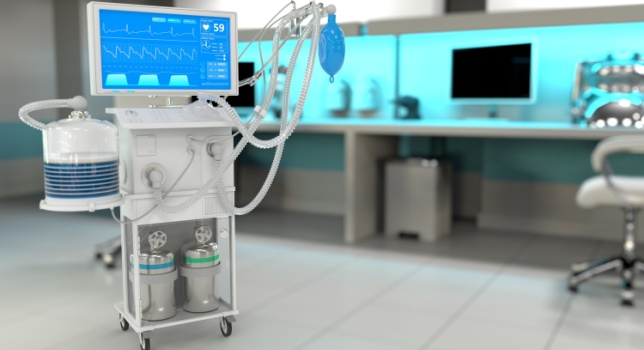Achieving ISO 13485 certification represents a significant milestone for medical device organizations. However, the real challenge begins after certification—maintaining compliance requires continuous vigilance, systematic processes, and unwavering commitment to quality management principles.
ISO 13485 sets the international standard for quality management systems specifically designed for medical device manufacturers. Unlike general quality standards, this framework addresses the unique regulatory requirements and risk considerations inherent in medical device development, production, and distribution.
Organizations that successfully maintain their ISO 13485 certification demonstrate their dedication to patient safety, regulatory compliance, and operational excellence. These companies understand that certification maintenance extends beyond periodic audits—it becomes an integral part of their organizational culture and daily operations.
The following ten strategies provide a comprehensive approach to sustaining ISO 13485 compliance, while building a robust quality management foundation that supports long-term business success.
1. Establish a Comprehensive Document Control System
Effective document management forms the cornerstone of ISO 13485 compliance. Your organization must implement a systematic approach to creating, reviewing, approving, and controlling all quality-related documentation.
Design your document control system to ensure version control accuracy, proper distribution channels, and timely updates across all departments. Establish clear procedures for document approval workflows, including designated reviewers and approval authorities for different document types.
Implement regular document review cycles to maintain currency and relevance. Archive obsolete documents appropriately, while maintaining traceability for regulatory purposes. Consider utilizing electronic document management systems that provide automated notifications for review deadlines and version control capabilities.
2. Develop a Risk-Based Approach to Quality Management
Risk management principles must permeate every aspect of your quality management system. Conduct thorough risk assessments for all processes, products, and organizational activities that could impact patient safety or regulatory compliance.
Establish risk evaluation criteria that align with your organization's risk tolerance and regulatory requirements. Document risk control measures and monitor their effectiveness through ongoing surveillance activities. Regular risk review meetings should assess new risks and evaluate the continued effectiveness of existing controls.
Create risk-based audit schedules that prioritize high-risk areas, while ensuring comprehensive coverage of all QMS elements. This approach optimizes resource allocation and focuses attention where potential compliance gaps pose the greatest threat.
3. Implement Robust Change Control Procedures
Change control procedures ensure that modifications to products, processes, or quality systems undergo proper evaluation and approval before implementation. Develop standardized change request forms that capture all relevant information, including impact assessments and approval requirements.
Establish change control boards with appropriate representation from quality, regulatory, engineering, and other affected departments. Define clear criteria for different types of changes and corresponding approval authorities to streamline decision-making processes.
Maintain comprehensive change logs that provide traceability and support regulatory submissions. Verify that all changes receive proper validation or verification as required, and update relevant documentation to reflect approved modifications.
4. Maintain Effective Supplier Management Programs
Supplier relationships directly impact product quality and regulatory compliance. Develop comprehensive supplier qualification procedures that evaluate technical capabilities, quality systems, and regulatory compliance status.
Conduct regular supplier audits based on risk assessments and performance history. Establish clear criteria for supplier approval, monitoring, and re-evaluation. Document supplier performance through metrics such as delivery reliability, quality indicators, and corrective action responsiveness.
Implement supplier corrective action procedures that address non-conformances promptly and effectively. Maintain approved supplier lists with current qualification status and ensure procurement activities only utilize qualified suppliers for critical components and services.
5. Establish Comprehensive Training and Competency Programs
Employee competency directly influences quality system effectiveness and compliance maintenance. Develop role-specific training programs that address ISO 13485 requirements, quality procedures, and job-specific technical skills.
Create competency assessment procedures that evaluate both initial qualifications and ongoing performance. Maintain training records that demonstrate compliance with regulatory requirements and organizational standards.
Implement regular refresher training programs to reinforce quality principles and communicate procedural updates. Establish mentoring programs for new employees and provide specialized training for quality-critical positions, such as auditors and management representatives.
6. Conduct Regular Internal Audits
Internal auditing provides essential feedback on quality system effectiveness and identifies improvement opportunities before external assessments. Develop audit schedules that ensure comprehensive coverage of all QMS elements within planned timeframes.
Train qualified internal auditors who understand ISO 13485 requirements and industry best practices. Establish audit procedures that promote objective evaluation and constructive feedback, while maintaining professional relationships with auditees.
Create audit reporting systems that facilitate timely corrective action implementation and follow-up verification. Track audit findings to identify systemic issues and opportunities for preventive actions that address root causes.
7. Implement Effective Corrective and Preventive Action Systems
CAPA systems drive continuous improvement and prevent recurrence of quality issues. Establish procedures that ensure thorough investigation of non-conformances, customer complaints, and audit findings.
Develop root cause analysis methodologies appropriate for different types of issues. Train personnel in problem-solving techniques and provide tools that support systematic investigation processes.
Create CAPA tracking systems that monitor implementation progress and verify effectiveness of corrective actions. Establish regular review processes to identify trends and opportunities for preventive actions that address potential issues before they occur.
8. Monitor Key Performance Indicators
Quality metrics provide objective evidence of system performance and compliance maintenance. Establish KPIs that measure critical quality parameters such as non-conformance rates, customer satisfaction, audit findings, and process performance.
Develop data collection procedures that ensure accuracy and reliability of quality metrics. Implement regular management review processes that evaluate trends and identify areas requiring attention or improvement.
Create dashboard systems that provide real-time visibility into quality performance across the organization. Establish trigger levels that initiate corrective actions when performance indicators exceed acceptable thresholds.
9. Maintain Regulatory Awareness and Updates
Regulatory landscapes evolve continuously, requiring organizations to stay current with applicable requirements and guidance documents. Establish procedures for monitoring regulatory updates from relevant authorities, such as FDA, EU MDR, and other applicable jurisdictions.
Subscribe to regulatory newsletters and participate in industry associations that provide updates on evolving requirements. Assign responsibility for regulatory monitoring to qualified personnel who understand the implications of changes on your organization.
Implement change assessment procedures that evaluate the impact of new regulations on existing processes and products. Develop implementation timelines that ensure compliance with new requirements within specified effective dates.
10. Foster a Culture of Quality Excellence
Organizational culture ultimately determines the success of quality management initiatives. Leadership must demonstrate visible commitment to quality principles and provide resources necessary for effective implementation.
Establish quality objectives that align with organizational goals and communicate expectations clearly throughout the organization. Recognize and reward employees who demonstrate exceptional commitment to quality principles and continuous improvement.
Create communication channels that encourage employee feedback and suggestions for quality improvements. Implement suggestion programs that evaluate and implement viable quality enhancement ideas from all organizational levels.
Building Sustainable Compliance Excellence
Maintaining ISO 13485 certification requires more than adherence to documented procedures—it demands a comprehensive approach that integrates quality management principles into every aspect of organizational operations. Organizations that view compliance as an opportunity for competitive advantage, rather than a regulatory burden, consistently achieve superior performance outcomes.
Success in maintaining certification depends on leadership commitment, employee engagement, and systematic implementation of proven quality management practices. By following these ten strategies, organizations can build robust quality systems that not only maintain ISO 13485 compliance, but also drive operational excellence and customer satisfaction.
The investment in maintaining ISO 13485 certification yields significant returns through improved operational efficiency, reduced regulatory risks, and enhanced market credibility. Organizations that embrace these principles position themselves for sustained success in the competitive medical device marketplace.
To take the next step toward ISO 13485 certification, or to learn more about how we can support your compliance and quality goals, request a quote or contact us today to speak with our expert team.





